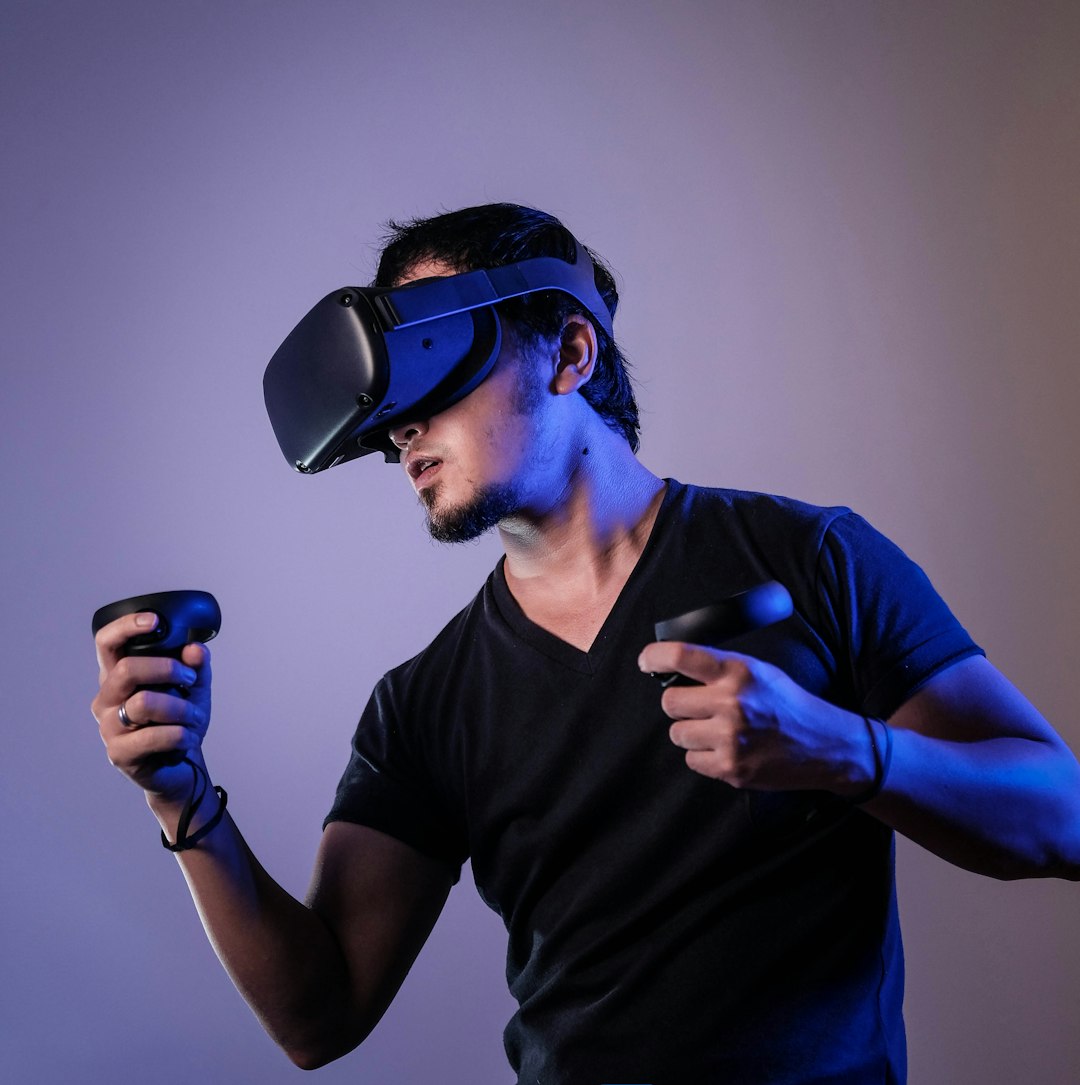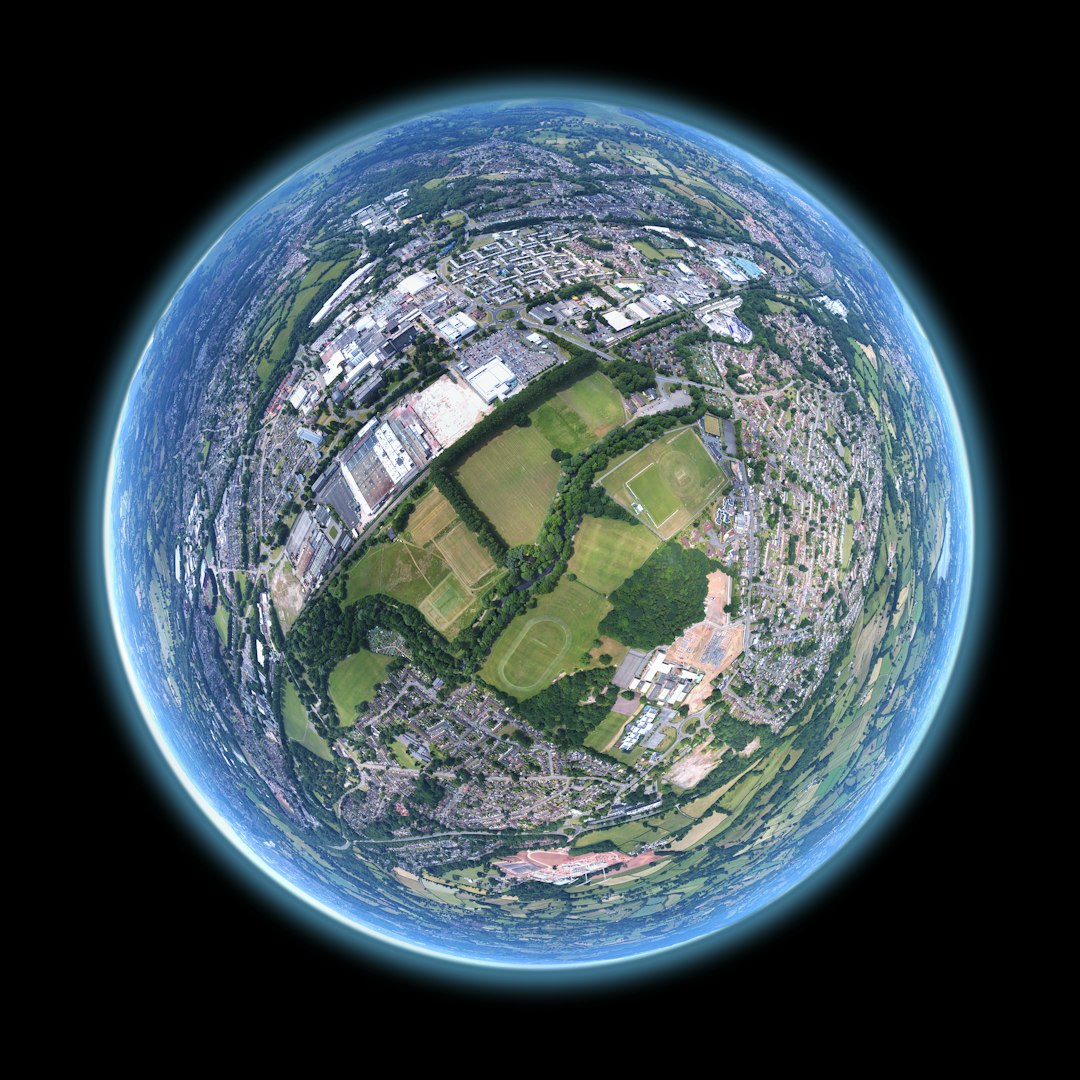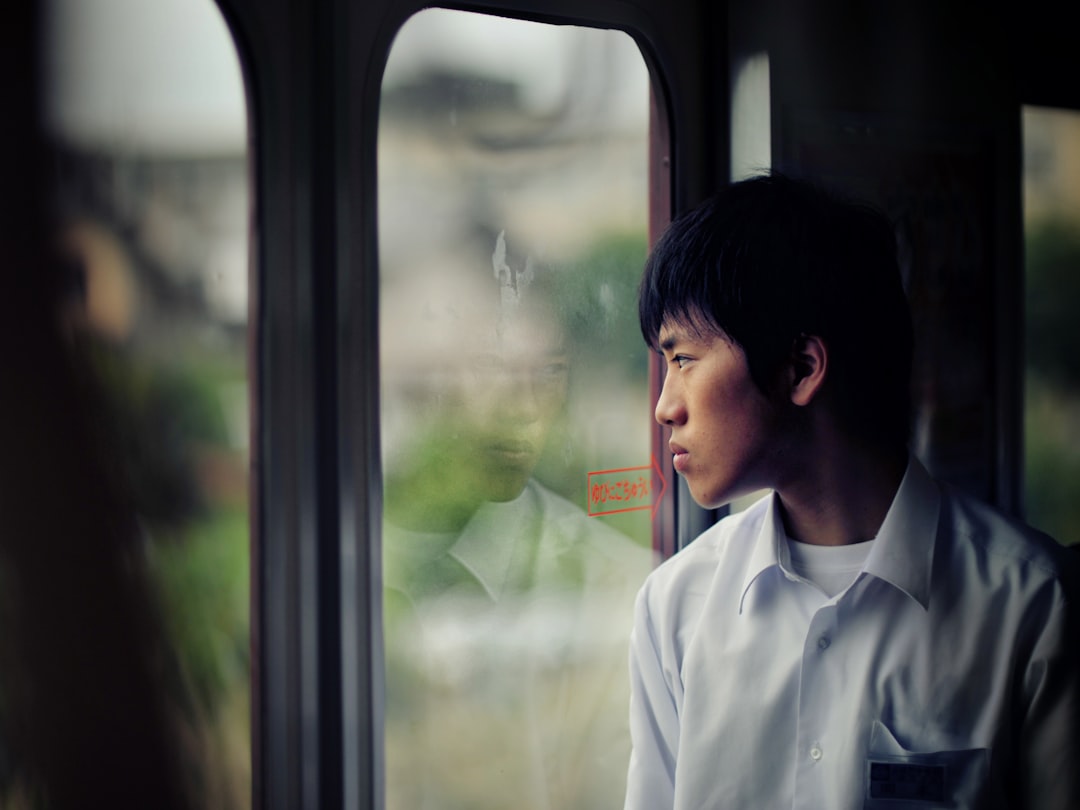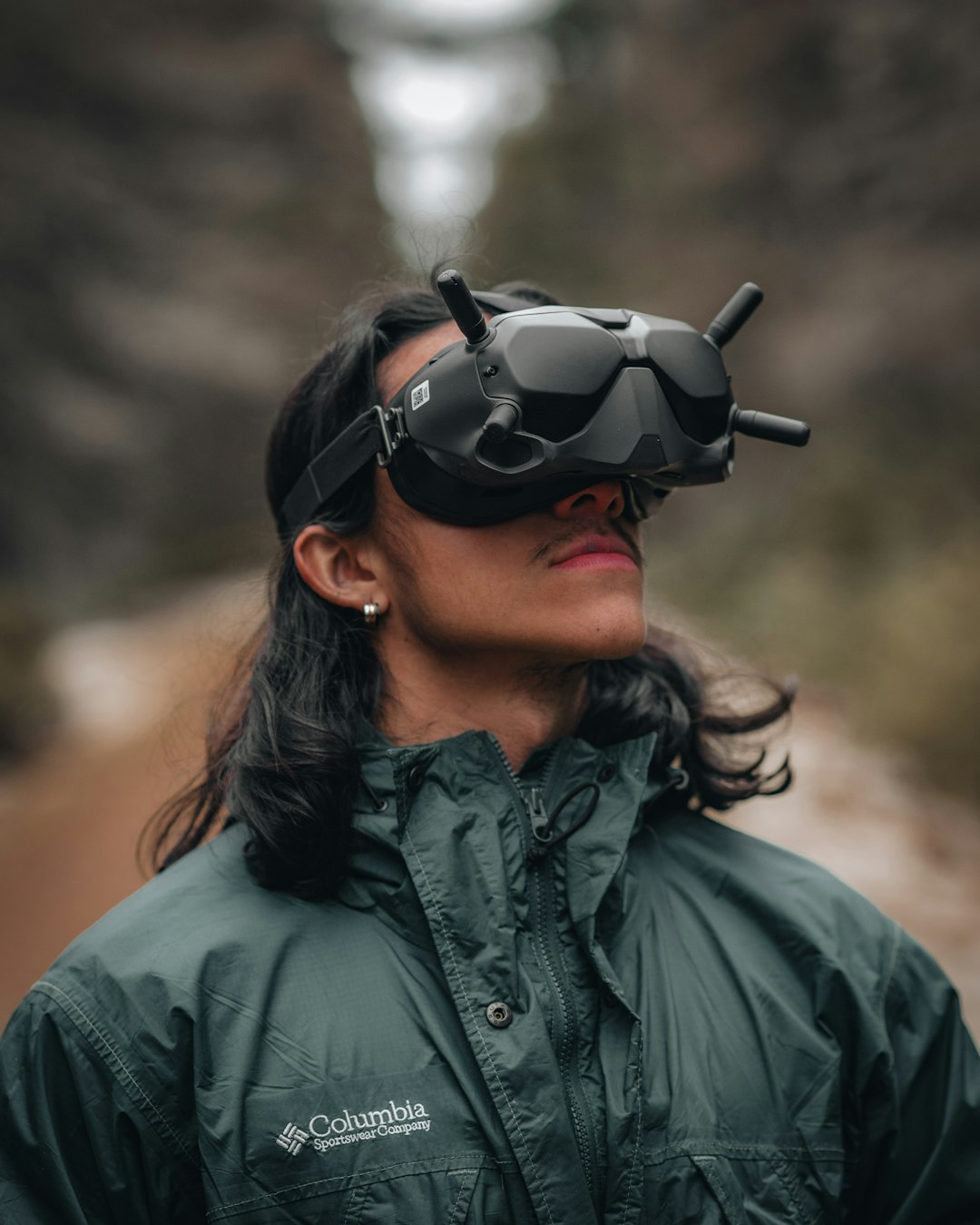In a world where travel used to mean hopping on a plane or crossing oceans to experience new cultures, the landscape of exploring the world is changing. Thanks to technology, virtual travel and cultural exchange are on the rise, allowing us to connect with people and places like never before—without leaving our homes. But how exactly is this virtual revolution shaping our world, and what does it mean for the future of travel?
Virtual Travel: A New Era of Exploration

The concept of “virtual travel” used to sound like something from a sci-fi movie. Yet, in today’s world, it's becoming more and more of a reality. With the rapid advancements in technology, we now have the power to step into distant lands, experience new cities, and even feel like we’re right there on the streets of Paris or in the middle of the Amazon rainforest—all from the comfort of our living rooms.
Virtual reality (VR) and 360-degree video have completely transformed how we experience the world. Platforms like Google Earth allow us to explore every corner of the globe, while immersive VR travel experiences let us walk through historical sites or visit remote locations, all in real-time. Imagine being able to watch a traditional Japanese tea ceremony from Tokyo or stand atop the Eiffel Tower, gazing at the sprawling city below. Technology has erased the physical limitations of travel, creating a bridge between us and the faraway places we’ve always dreamed of visiting.
The Global Village: Cultural Exchange Reimagined

But virtual travel isn’t just about sightseeing—it’s also about connecting with people and cultures in ways that were previously unimaginable. Cultural exchange has been an important part of global interactions for centuries, and while we’ve always had avenues like language learning or international study programs, the digital age has brought something entirely new to the table. Now, cultural exchange isn’t limited to just a few lucky individuals. Thanks to platforms like Zoom, Skype, and social media, we can connect with people from all over the world in an instant.
Virtual cultural exchange programs are allowing individuals to engage with people from different countries and backgrounds, discuss traditions, share stories, and even collaborate on projects. Virtual cooking classes with chefs from Italy, dance lessons from dancers in Brazil, or storytelling sessions from African villages—these experiences are no longer a dream but an accessible reality. This level of connection allows us to learn not only about another culture’s traditions but also about its people, their struggles, triumphs, and day-to-day lives.
Breaking Barriers: Accessibility and Inclusion

One of the most powerful aspects of virtual travel and cultural exchange is how it democratizes the experience. For many, travel has always been a privilege. The financial cost, time constraints, and physical barriers often made exploring other cultures an impossible dream. Virtual travel changes all that. You don’t need to book expensive flights, find accommodation, or deal with language barriers to experience a new culture.
More importantly, virtual exchange programs are opening doors for people who may have never had the chance to participate in traditional travel. Those with physical disabilities, elderly individuals, or people living in remote areas now have the opportunity to explore the world in ways that were once out of reach.
This accessibility is not just about overcoming obstacles—it’s about inclusion. Virtual travel creates a level playing field where anyone can take part in the global conversation and share their own culture, perspectives, and experiences with the world.
The Future of Travel: A Hybrid Approach?

While the world slowly begins to recover from the pandemic and in-person travel resumes, it’s clear that virtual travel is here to stay. The question is, will it replace traditional travel, or will we see a hybrid model emerge? Some argue that virtual travel can never fully replicate the sensory experience of physically being in another place—the smells, the sounds, the feel of the air, and the warmth of human connection. However, the reality is that virtual experiences offer something entirely unique: a glimpse into cultures, places, and people in a way that goes beyond what most of us have ever encountered.
Ultimately, virtual travel and cultural exchange are reshaping the way we see the world. They are making global experiences more accessible, inclusive, and impactful than ever before. So, whether you’re sitting in your living room and exploring the streets of Marrakesh or participating in a virtual classroom with students from Tokyo, there has never been a better time to experience the world’s diversity at your fingertips.

